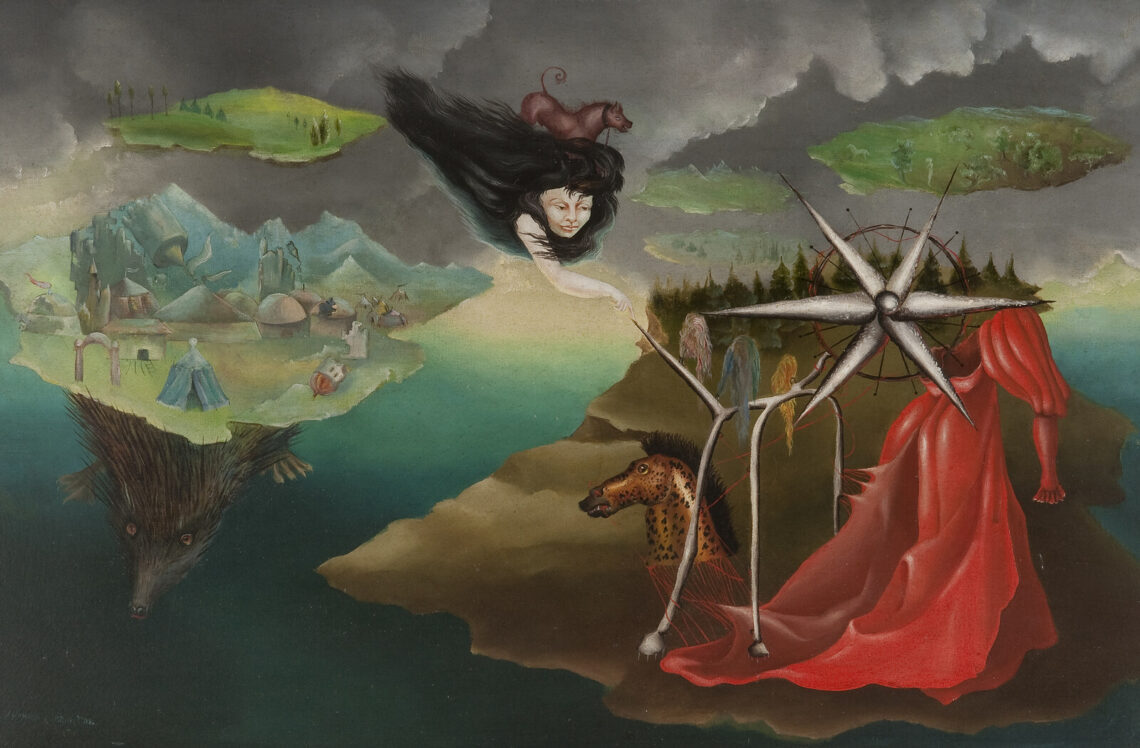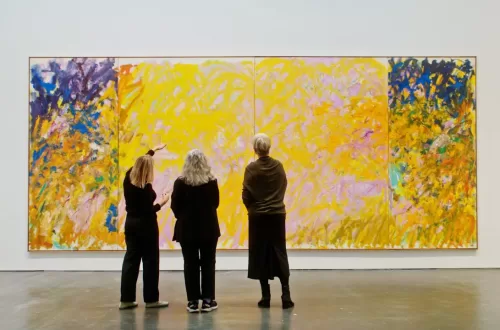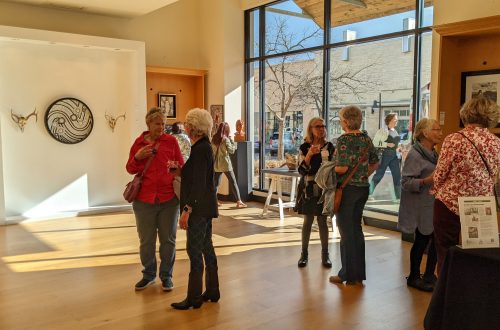
Celebrating the Female Pioneers of Surrealism

Surrealism, a movement born in the 1920s, revolutionized the art world with its exploration of the subconscious and dreamlike imagery. While male artists like Salvador Dalí and René Magritte are often associated with Surrealism, women artists played a crucial role in shaping and defining this movement. This post highlights the contributions of several female Surrealist pioneers.
Leonora Carrington, a Mexican-born British artist, was a prominent figure in the Surrealist movement. Her paintings often depicted fantastical creatures, dreamlike landscapes, and personal narratives. Carrington’s work challenged traditional gender roles and explored themes of female empowerment. One of her most famous pieces, “The House at the End of the World,” is a haunting and surreal depiction of a woman’s inner journey.
Dorothea Tanning, an American artist, was a key member of the Surrealist circle in Paris. Her paintings often featured enigmatic figures, dreamlike landscapes, and a sense of unease. Tanning’s work explored themes of identity, sexuality, and the subconscious. Her painting “Birthday Party” is a particularly striking example of her surreal and dreamlike style.
Remedios Varo, a Spanish artist, was a prominent figure in the Surrealist movement in Mexico. Her paintings often depicted fantastical creatures, symbolic landscapes, and alchemical imagery. Varo’s work explored themes of spirituality, mysticism, and the feminine. Her painting “The Element of Earth” is a stunning example of her intricate and symbolic style.
The contributions of women artists to the Surrealist movement cannot be overstated. Leonora Carrington, Dorothea Tanning, and Remedios Varo, among others, created groundbreaking and innovative works that challenged traditional notions of art and gender. By highlighting the achievements of these pioneering women, we can gain a more complete understanding of the Surrealist movement and its enduring legacy.






